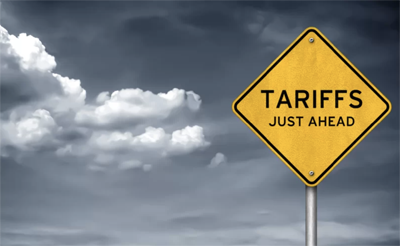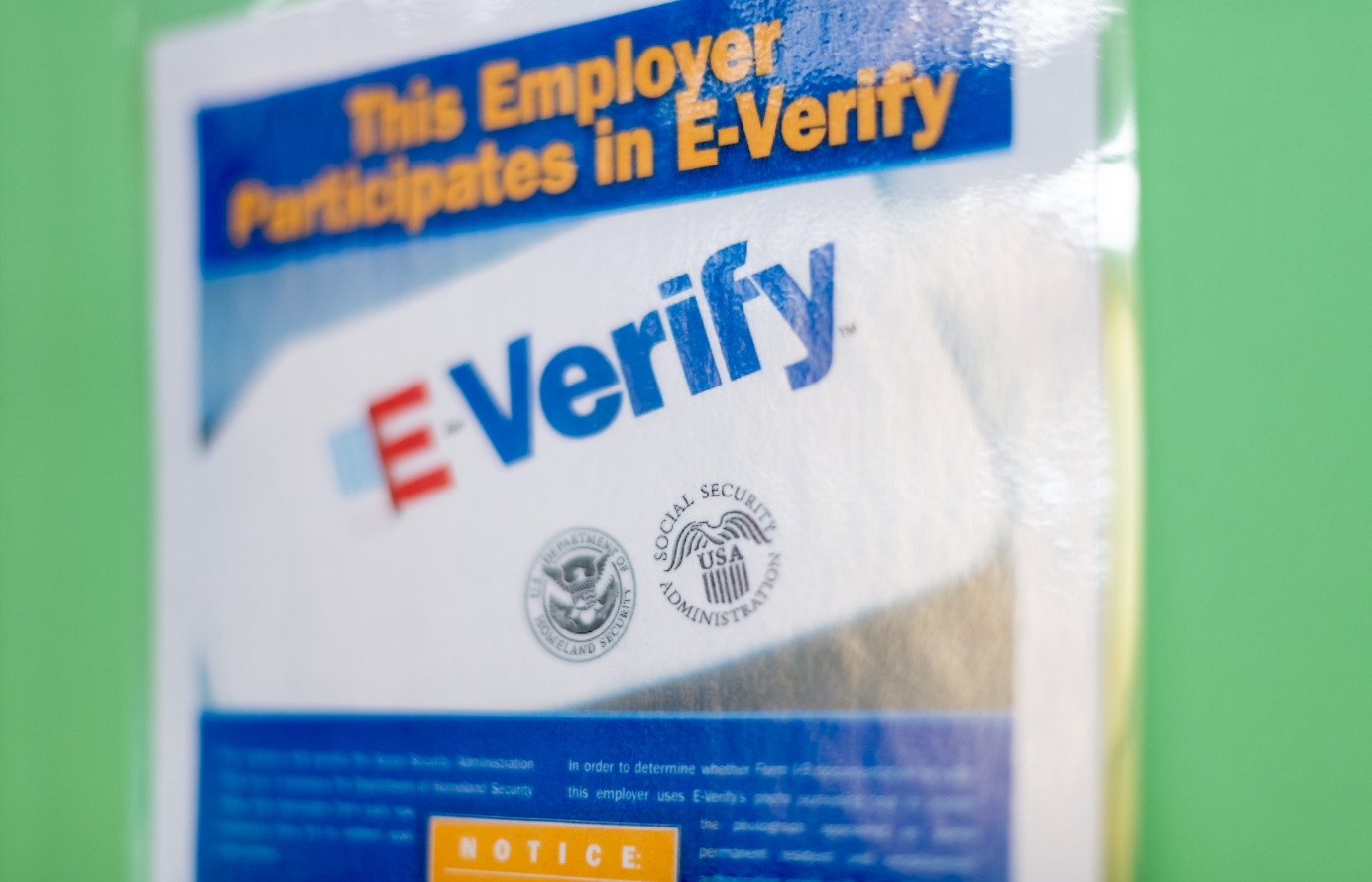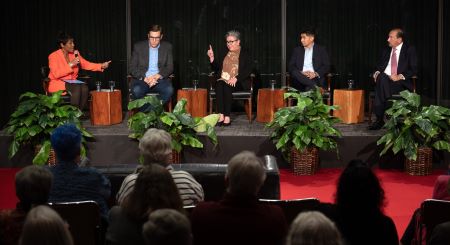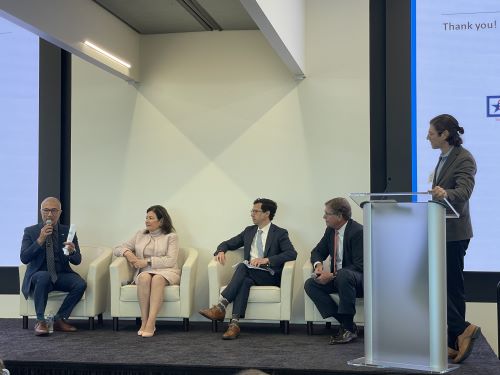The Case for an Immigration Tariff
 The Republicans and Democrats are at an impasse over immigration policy. Republicans want money for border security and merit-based immigration. Democrats don’t want a wall and support more legal immigration. Creating an immigration tariff and selling visas will solve both of their problems and leave enough money left over to reduce the deficit.
The Republicans and Democrats are at an impasse over immigration policy. Republicans want money for border security and merit-based immigration. Democrats don’t want a wall and support more legal immigration. Creating an immigration tariff and selling visas will solve both of their problems and leave enough money left over to reduce the deficit.
Such a system would simplify the immigration system and raise a lot of revenue. The current legal immigration system is a Byzantine quagmire of restrictions, regulations, and arbitrary numerical caps that prevent productive would-be immigrants from coming here. Instead of relying on the government picking immigration winners and losers, this new visa would be for those who pay a tariff.
Under this tariff system, the government would sell “gold cards” to immigrants at set prices. The gold card would guarantee permanent legal residency, just like a green card, but it would not lead to citizenship on its own. Immigrants on a gold card could earn a green card through marriage or another means but they would have no special path to citizenship or access to means-tested welfare. They would have to pay taxes and could switch jobs just like green card holders. Criminals, suspected terrorists, and individuals with serious communicable diseases should obviously not be able to buy the gold card.
So long as the gold card holder follows the laws, he or she could legally work, invest, and live in the United States. Gold card holders could purchase it themselves, but businesses, friends, family members, church congregations, or anybody else could chip in. Banks could even lend money to energetic and ambitious immigrants who want a gold card while home towns in poor countries could pool resources to send their best and brightest to America.
Tariff rates, the price of the gold card, should be based on the age and education of the purchaser to guarantee a fiscal windfall. The 2016 fiscal-cost estimate of immigrants from the National Academy of Sciences found that younger immigrants with more education pay more in taxes and consume less in benefits than older immigrants who are less educated. Thus, older and less educated immigrants should pay a higher price for a gold card and younger immigrants who are educated should pay a lower price — to guarantee a surplus.
This guarantees a fiscal double whammy. First, since most immigrants pay more taxes than they consume in benefits over their lifetimes, normal tax revenue would increase. Second, the tariff revenue could be substantial with a tariff schedule ranging from $1,000 for young immigrants who are highly educated to $308,400 for elderly immigrants who are high school dropouts. If Congress adopted that tariff schedule and 1 million immigrants with the education levels and ages as those who entered from 2013 to 2016 paid the tariff, the Treasury would collect about $43.6 billion in extra revenue in the first year.
That’s enough money to build a wall across the entire Mexican border twice according to the Department of Homeland Security. Or it could fund Border Patrol’s entire budget for the next 11 years.
Beyond government revenues, an immigration tariff makes the process more predictable and timely because it focuses on one factor: money. That might not be ideal, but it is more fair than a system run through arbitrary bureaucratic decisions.
An immigration tariff and gold card would also destroy much of the human smuggling black market. Community leaders in Central America recently told American officials that smugglers charge about $10,000 — and that doesn’t include a guarantee of entering, doing so safely, or finding a job. Poor migrants who are already paying high prices for only a chance at entering the United States would pay more for a less hazardous and legal journey.
A gold card, even if it was more expensive than a smuggling fee, would also reduce the chance of dying while crossing, as an average of 368 illegal immigrants did annually while crossing illegally from 2007-2017. Furthermore, it would increase their wages by about 11.3 percent relative to illegal immigrants who currently have to work in a black market. Lastly, it would reduce the flow of illegal immigrants and allow Border Patrol to focus on intercepting actual criminal threats rather than peaceful people who are looking for jobs.
This kind of visa has already been tested — including in the United States. The American H-1B visa charges thousands of dollars for some employers, far in excess of administrative fees. In the 1950s, American farmers hiring Mexican guest workers had to pay a $12 tariff per worker. Singapore charges a monthly levy on some workers based on their skill level while the United Kingdom, Australia, Canada, and New Zealand all charge huge visa fees that resemble tariffs.
Creating an immigration tariff would increase government revenues and help lower the deficit. Conservatives should like it because more ambitious and meritorious immigrants will pay the tariff, the resulting revenue can fund border security, and it would happen without raising taxes. Liberals should like it because it will expand legal immigration and reopen the government.








